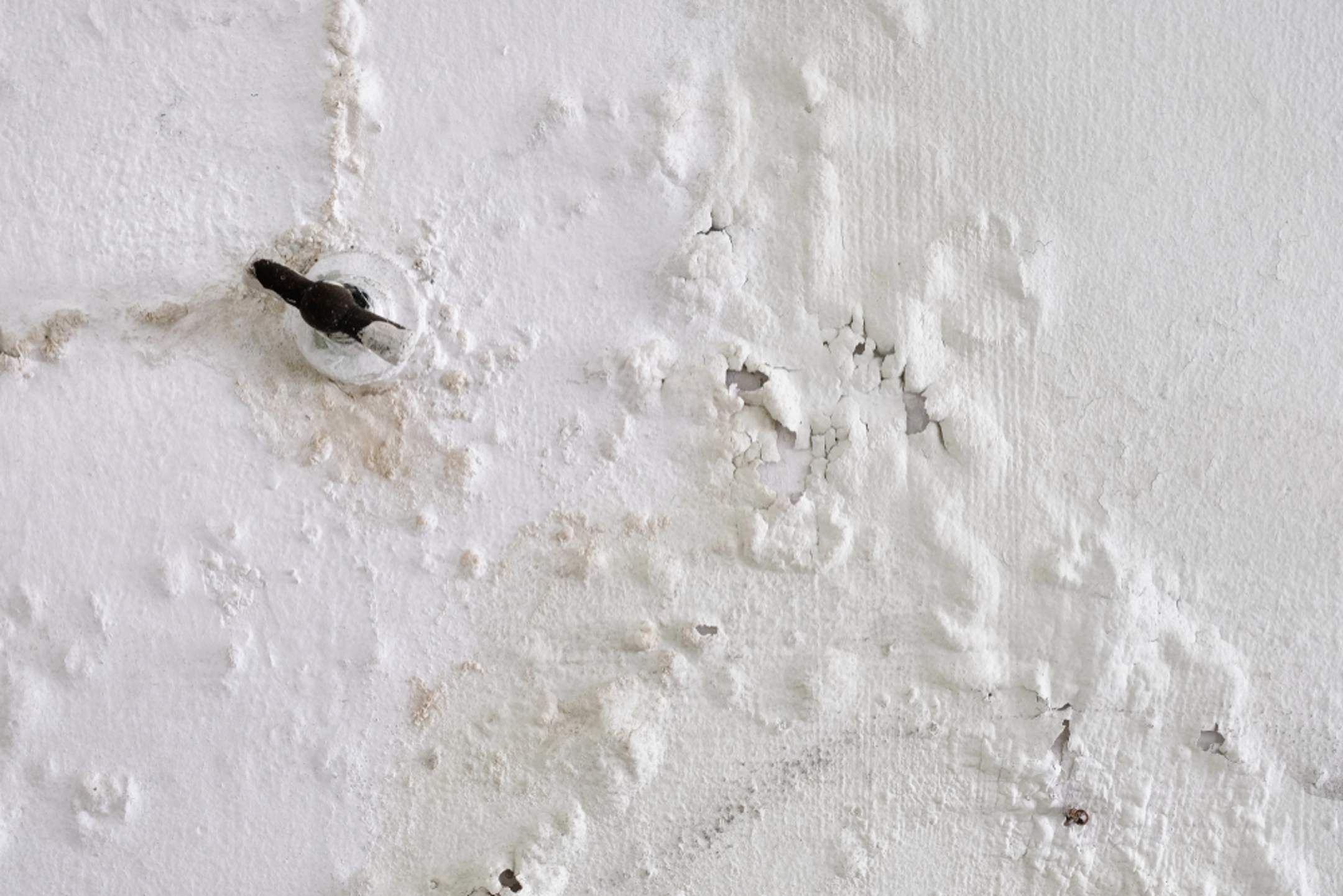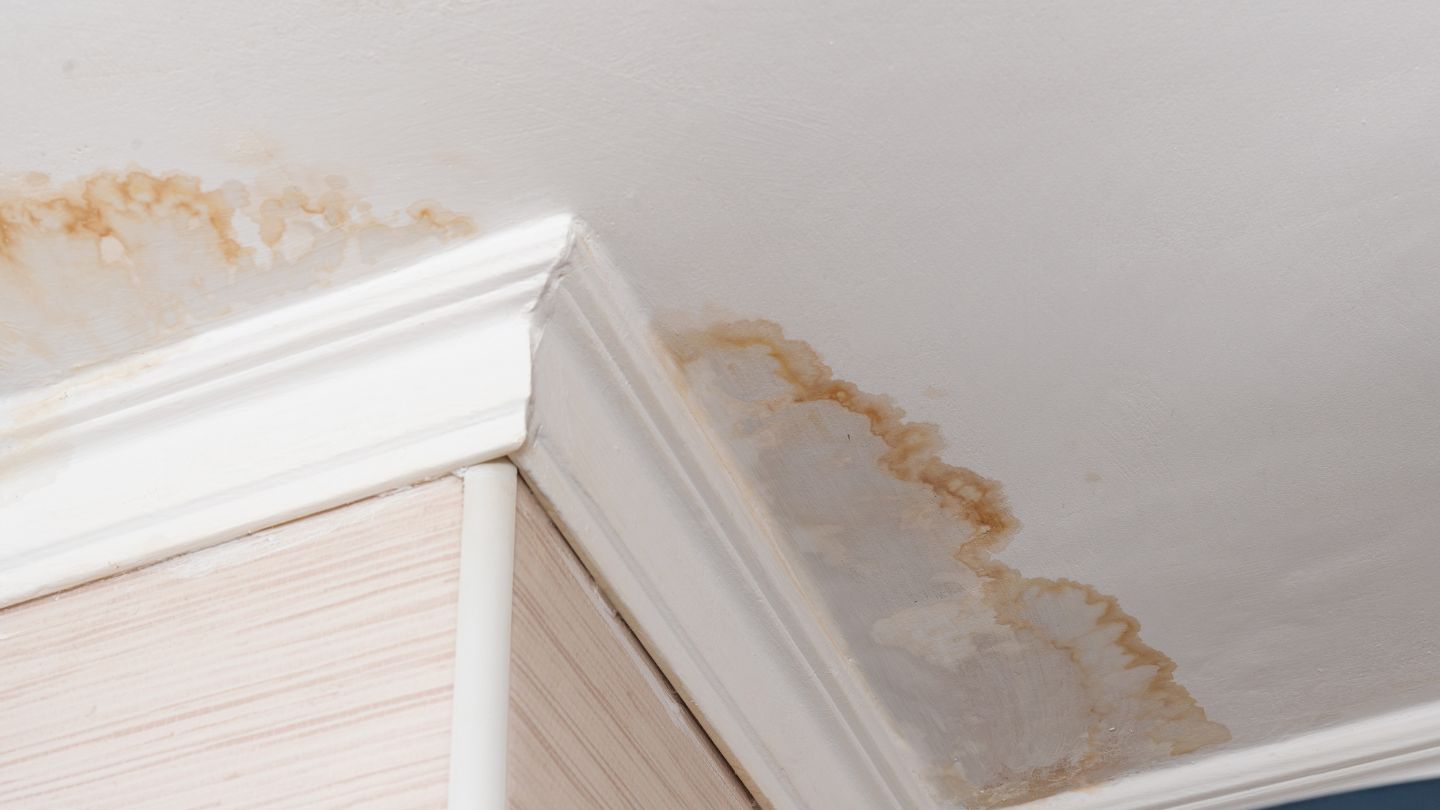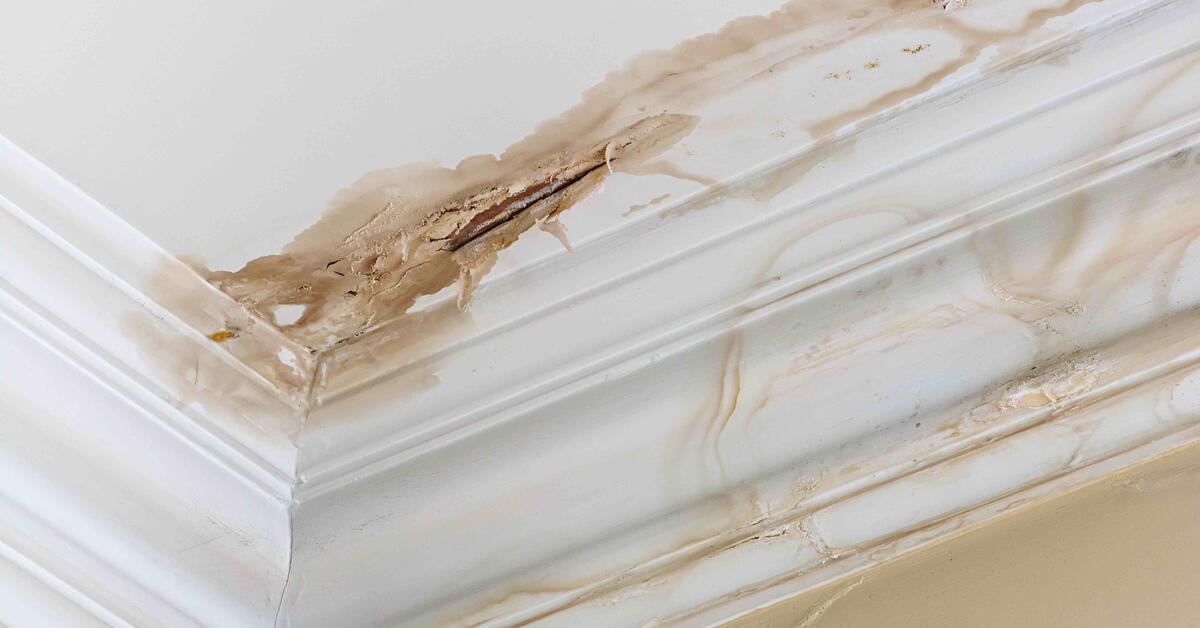The Refine of Water Damage Cleaning: Ensuring Your Home Is Restored Properly
Water damage can be an overwhelming difficulty for homeowners, requiring a structured and precise cleaning procedure to bring back safety and security and performance. damage restoration services. Following this, effective water removal strategies play an essential function in minimizing more damage.
Evaluating the Damage
Upon discovering water damages, the initial step is to extensively evaluate the degree of the impact. This first analysis is important, as it helps establish the necessary actions for reliable clean-up and remediation. Begin by inspecting the impacted areas, consisting of walls, ceilings, floorings, and personal possessions, to identify the source of the water breach, whether from flooding, leakages, or condensation.
Documenting the damages is important for both insurance policy cases and planning restoration initiatives - damage restoration services. Usage photographs and written notes to record the intensity of the damages, noting any kind of affected architectural aspects and products. Pay special interest to areas that might not be instantly noticeable, such as behind wall surfaces and under rugs, as hidden moisture can bring about more issues, including mold and mildew development
Additionally, assess the timeline of the water exposure. Eventually, a thorough analysis lays the groundwork for a successful water damages clean-up process, making certain that all influenced areas are addressed effectively and completely.
Water Removal Techniques

Professionals generally employ completely submersible pumps for larger volumes of water, which can promptly minimize flooding in cellars or other influenced areas. For smaller quantities, wet/dry vacuum cleaners are often used to extract recurring moisture from carpetings and tough surfaces. Additionally, making use of mobile extractors enables targeted elimination in confined rooms or locations with delicate materials.
In instances of infected water, such as sewage or floodwater, progressed removal techniques might involve using biohazard tools to guarantee security and conformity with health and wellness laws. High-powered extraction tools are essential in minimizing water retention in structural materials, which can bring about mold growth and architectural wear and tear if not attended to promptly.
Inevitably, the efficiency of water removal strategies plays an essential function in the general success of the water damages cleaning process, laying the foundation for subsequent restoration initiatives.
Drying and Dehumidification
Once standing water has been properly drawn out, the next essential phase in the water damage clean-up procedure is drying out and dehumidification. This step is important to avoid more damages and mold and mildew growth, which can occur within 24 to two days in moist atmospheres.
To achieve efficient drying, specialized tools such as industrial-grade air moving companies and dehumidifiers is utilized. Air movers flow air throughout wet surfaces, improving evaporation prices, while dehumidifiers reduce humidity levels in the air, advertising a favorable setting for drying. The mix of these devices makes sure that dampness is attracted out from floorings, furnishings, and walls, enabling them to completely dry extensively.
It is necessary to monitor the drying out process carefully. Professionals commonly make use of wetness meters to assess the dampness content in various materials, ensuring that all influenced locations get to appropriate dryness degrees. This thorough strategy aids to avoid hidden moisture pockets that could cause architectural damages or undesirable mold and mildew growth.

Cleaning and Sterilizing
After the drying out and dehumidification phase is total, the next vital action in water damages clean-up is cleaning and sterilizing the influenced locations. This procedure is crucial to stop the development of mold and mildew, microorganisms, and other pathogens that thrive in damp environments.
The cleansing stage normally involves getting rid of any kind of debris, dirt, and impurities from surface areas using specialized cleansing representatives. For hard surface areas, a mix of soap and water or commercial cleansing products is usually used. Soft products, such as upholstery and carpetings, might require a lot more extensive cleansing techniques, consisting of steam cleaning or deep removal methods, to make certain detailed cleanliness.

Disinfecting residential water damage restoration follows cleaning, making use of EPA-approved disinfectants to remove damaging microbes. This action is important, specifically in locations that might have entered contact with floodwaters or sewage, as these sources can posture serious health risks.
Additionally, it is important to resolve any kind of continuing to be smells, which might need using odor neutralizers or advanced techniques like ozone treatment. Appropriate cleansing and sanitizing not only restore the security and health of your home however likewise prepared for effective restoration and repair work in subsequent stages of the water damages cleaning process.
Restoration and Repairs

When the assessment is full, repair initiatives can start. Additionally, floor covering might call for comparable attention, depending on the degree of water direct exposure.
It is important to involve knowledgeable restoration experts during this process, as they possess the know-how to take care of complex repair services properly. In addition, they can aid mitigate possible future issues, such as mold and mildew development or structural instability, thus ensuring a habitable and secure living environment. Eventually, efficient repair and repair services bring back the home's integrity and boost its general value.
Verdict
To conclude, the process of water damage cleanup is essential for recovering a home to its pre-damage condition. Each phase, from assessing the damages to carrying out effective water removal methods, followed by detailed drying, sanitizing, and required repair services, plays a vital duty in making certain security and conformity with structure criteria. Effective implementation of these actions not just mitigates instant damage but likewise boosts the long-lasting stability and worth of the residential or commercial property.
Water damages can be a daunting difficulty for home owners, necessitating a precise and structured cleaning process to restore safety and functionality. Inevitably, a detailed assessment lays the foundation for an effective water damages cleaning procedure, making sure that all affected locations are dealt with successfully and thoroughly.
Reliable water extraction techniques are essential in alleviating damage and protecting against additional complications complying with a water intrusion restoration companies near me occasion.In verdict, the process of water damage cleanup is essential for restoring a home to its pre-damage problem. Each phase, from examining the damages to applying effective water removal techniques, complied with by detailed drying, disinfecting, and necessary repair services, plays a necessary role in making certain security and compliance with structure criteria.